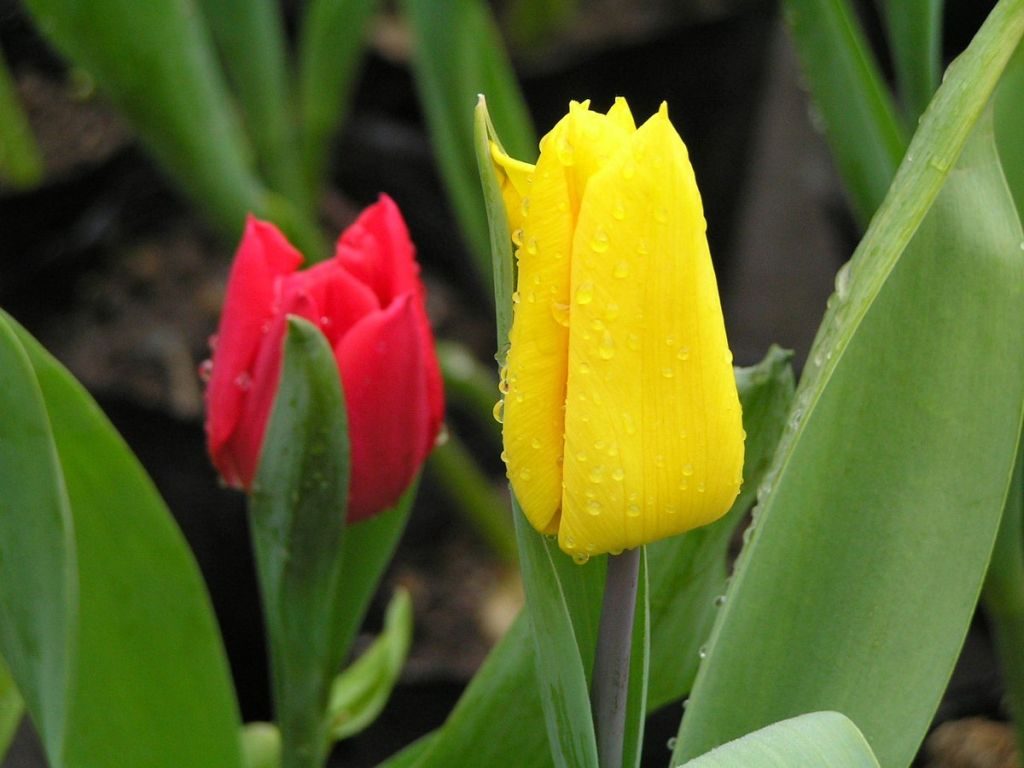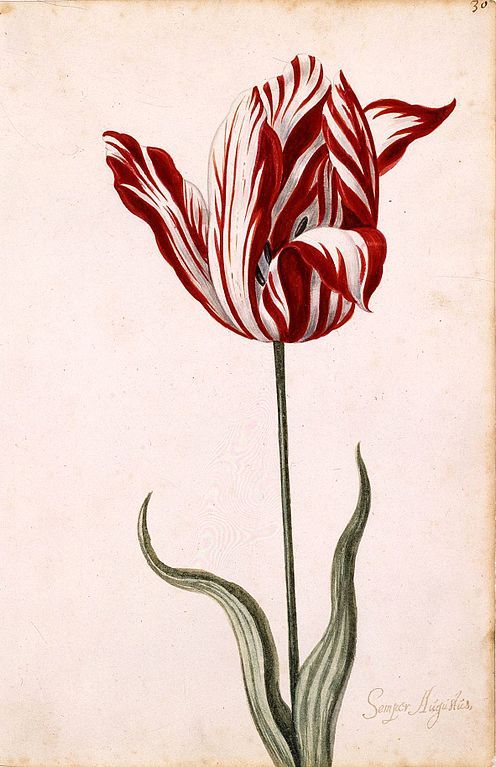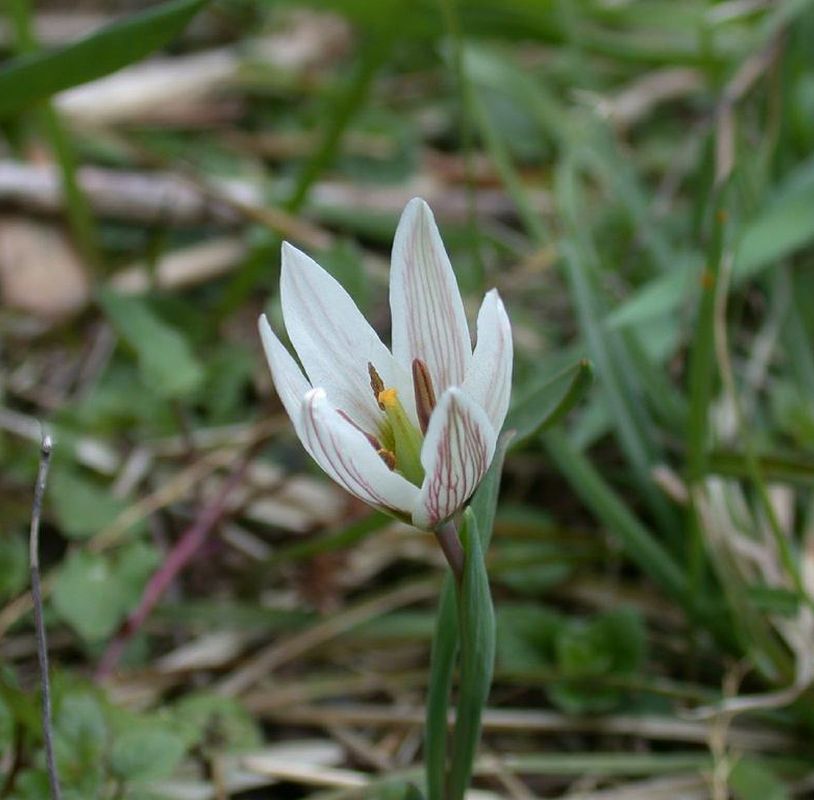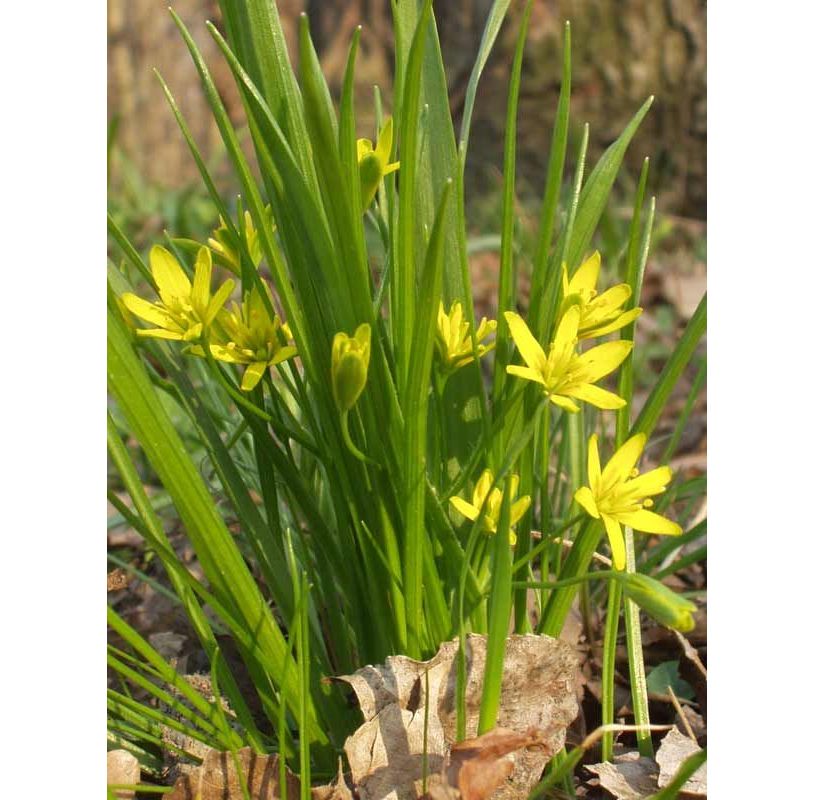
We often forget that garden flowers were originally wildflowers. This is easy to do with tulips because they look so perfect and don’t match any of our wildflowers.
Tulips (Tulipa sp.) are members of the Lily family (Liliaceae) originally from southern Europe and Central Asia. Their nearest relatives are three wildflower genera, shown in the slideshow below.
- Erythronium: The leaves are the right shape but the flower faces down. This is the genus of our trout lilies.
- Amana: The flower looks like a tiny white tulip but the leaves are too narrow.
- Gagea: This mostly Asian genus has thin leaves and more open flowers, least like a tulip.
None of the tulips’ wild relatives look exactly like a tulip because they’ve been cultivated and crossbred since the 10th century in Persia. In the 1500s, Europeans visiting the Ottoman Empire saw garden tulips and were so impressed that they brought them home. Everyone fell in love with them.
By the 1600s tulips were a luxury item, The Netherlands was the main tulip-producing nation, and the most prized tulips were those with a color “break” of two or more colors, often striped as shown below. (Ironically the “break” was caused by a virus that damaged the tulip.)

In the 1630s the Netherlands developed a futures market on tulip bulbs and set the stage for Tulip Mania, a period of wild speculation in 1636-1637. At the height of Tulip Mania the top price paid for a coveted tulip rose to 10 times the annual income of a skilled craftsman. It’s hard to translate that into today’s dollars, but my guess is $500,000 to $1 million for a single tulip bulb.
The mania ended abruptly when the market collapsed in February 1637.
Tulips went back to the garden and eventually escaped to the wild in western Europe. After all, they used to be wild flowers.
This 7-minute video is a good explanation of Tulip Mania.
(photos and chart from Wikimedia Commons. Click on the captions to see the originals)


